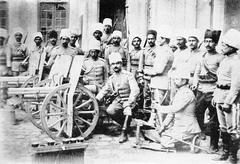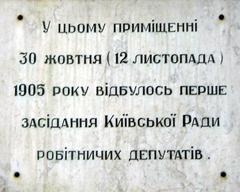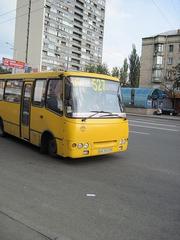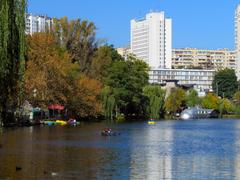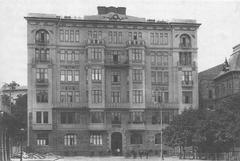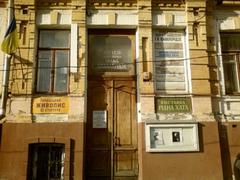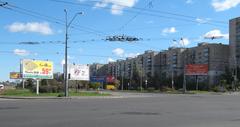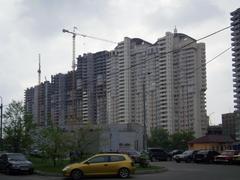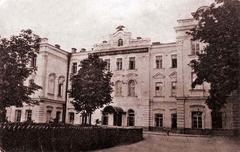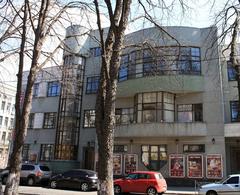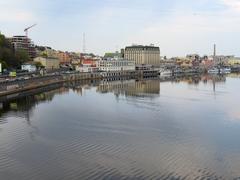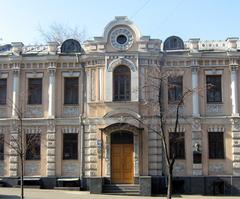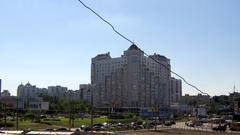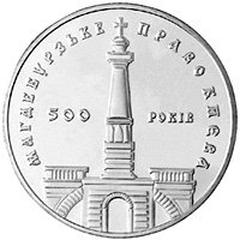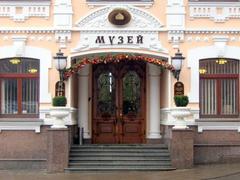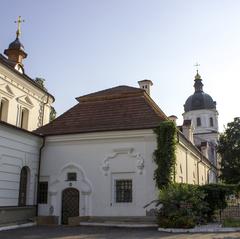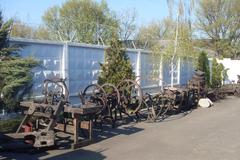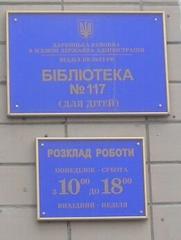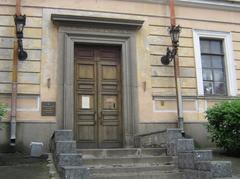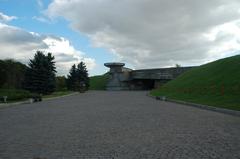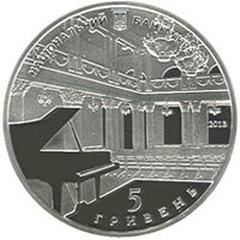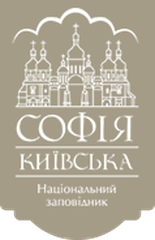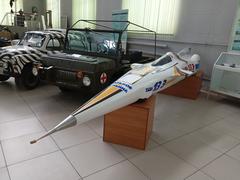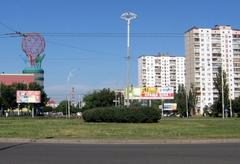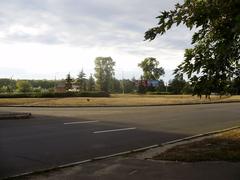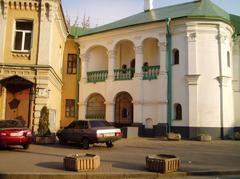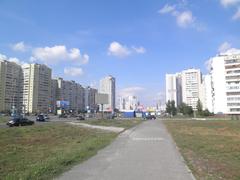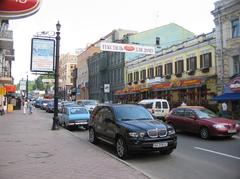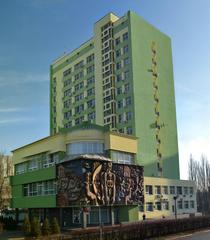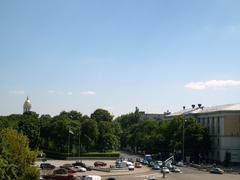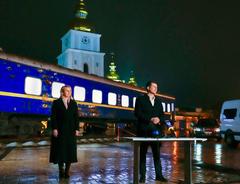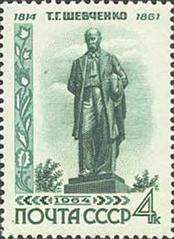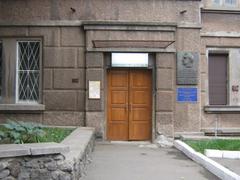Городок Пісочний: Visiting Hours, Tickets, and Historical Sites in Kyiv, Ukraine
Date: 04/07/2025
Introduction
Located on the left bank of the Dnipro River in Kyiv’s Vyhurivshchyna-Troieshchyna district, Городок Пісочний (Horodok Pisochnyi) stands as one of the city’s most significant yet underappreciated historical and archaeological sites. Dating back to at least the 11th century, this fortified settlement once played a crucial role in the defense and governance of Kyivan Rus, later evolving into a princely residence during the Lithuanian-Ruthenian period. Today, Horodok Pisochnyi invites visitors to explore ancient earthworks, moats, and remnants of medieval fortifications—silent witnesses to Kyiv’s turbulent and storied past.
This comprehensive guide provides detailed information about Horodok Pisochnyi’s history, archaeological significance, visitor access (including free entry and hours), transportation options, and nearby attractions. Whether you’re a history buff, cultural explorer, or casual traveler, this article will help you fully appreciate and navigate this unique Kyiv landmark. For further information, consult the official heritage and historical resources linked throughout this article (Kyiv Heritage, History.org.ua, Wikipedia).
Table of Contents
- Introduction
- Early Origins and Strategic Importance
- Medieval Role: Political and Military Center
- Transformation in Later Centuries
- Archaeological Features and Research
- Visiting Hours, Tickets, and Accessibility
- How to Get There
- Nearby Attractions
- Travel Tips
- FAQ
- Conclusion and Recommendations
- References
Early Origins and Strategic Importance
Horodok Pisochnyi, historically referenced as Градокъ ПѢСОЧЬНЪ, is situated on a former meander of the Desna River called Radosynia. This geography provided substantial defensive benefits and strategic access to river trade and military routes. Chronicles first mention the site in 1026, with subsequent references throughout the 11th and 12th centuries, demonstrating its continuous importance to the region’s security and administration (Kyiv Heritage; History.org.ua).
Medieval Role: Political and Military Center
Throughout the 11th and 12th centuries, Horodok Pisochnyi served as a major military outpost and a site for princely gatherings and negotiations. Its fortified earth ramparts and moat, common features of Kyivan Rus defensive architecture, underscored its military strength. In 1239, Mongol leader Mengu Khan observed the city from its ramparts before launching the siege of Kyiv, highlighting the settlement’s critical defensive role (Osvita.ua).
Transformation in Later Centuries
After the devastation of Kyiv by the Mongols, Horodok Pisochnyi was rebuilt and repurposed during the Lithuanian-Ruthenian period. By the 14th and 15th centuries, it had become a suburban residence for local nobility, notably serving as the seat of Prince Semen Olielkovych, the last Prince of Kyiv. The site later passed to other prominent families and the Kyiv-Michael’s Golden-Domed Monastery. Over time, urban expansion and agricultural use gradually obscured the original fortifications (History.org.ua).
Archaeological Features and Research
Today, visitors can observe remnants of the circular earth ramparts and moat, although centuries of development have altered their appearance. Archaeological surveys in 1890, 1950, and 1990 unearthed ceramics, wooden structures, and other artifacts, shedding light on daily life, defense mechanisms, and the evolution of the settlement (Wikipedia).
Visiting Hours, Tickets, and Accessibility
- Opening Hours: The site is an open-air historical monument, accessible year-round and 24/7, though visitors are advised to come during daylight (9:00–18:00) for safety and best visibility.
- Entry Fee: Admission is free. There are no barriers to entry, but guided tours (when available) may require advance booking and a nominal fee.
- Accessibility: The terrain is uneven and may be challenging for those with limited mobility. Wear sturdy footwear and be prepared for grassy or muddy conditions depending on the season.
For official updates on guided tours and events, consult the Kyiv City Cultural Heritage Portal.
How to Get There
- By Public Transport: Take city buses or marshrutkas to the Vyhurivshchyna-Troieshchyna district. The nearest metro stations are Troieshchyna and Lisova, followed by a brief bus or tram ride. Walking routes along the Dnipro River offer scenic views.
- By Car: Limited parking is available in residential areas nearby.
- Navigation: Use GPS or local maps, as signage is minimal.
Nearby Attractions
- Hydropark: Beaches, sports areas, and Kyiv in Miniature park (restgeo.com).
- Kyiv Pechersk Lavra: UNESCO-listed monastic complex.
- Golden Gate and Podil District: Historic Kyiv city center with museums, churches, and vibrant culture.
- Pirogovo Open Air Museum: Exhibits traditional Ukrainian architecture (restgeo.com).
Travel Tips
- Best Time to Visit: Late spring (May–June) and early autumn (September–October) offer the most comfortable weather.
- Amenities: There are no restrooms or cafés on-site; bring water and snacks.
- Safety: The area is generally safe, but standard urban precautions are advised.
- Respect: Please do not disturb earthworks or take artifacts.
Frequently Asked Questions (FAQ)
Q: Do I need a ticket to visit Horodok Pisochnyi?
A: No, entry is free for all visitors.
Q: Are there guided tours?
A: Occasionally, local historical societies or Kyiv archaeological institutions offer tours. Check with the Kyiv City Cultural Heritage Portal for updates.
Q: Is the site suitable for families?
A: Yes, but children should be supervised due to uneven terrain.
Q: Are there facilities for visitors with disabilities?
A: Accessibility is limited due to the natural landscape.
Q: When is the best time to visit?
A: From spring to autumn, during daylight hours.
Conclusion and Recommendations
Horodok Pisochnyi is a rare and evocative window into Kyiv’s formative centuries, offering visitors a direct connection with the city’s medieval and early modern history. Its preserved earthworks and archaeological legacy highlight Kyiv’s resilience and cultural evolution. While the site lacks modern infrastructure, its authenticity and tranquility make it a rewarding destination for history enthusiasts and curious explorers alike.
Combine your visit with other nearby historical sites like the Golden Gate, Podil, and Kyiv Pechersk Lavra for a comprehensive experience of Kyiv’s heritage. For the latest information on visiting hours, events, and tours, consult official resources and consider using the Audiala app for immersive exploration and self-guided itineraries.
References
- Kyiv Heritage (http://kyiv-heritage.com/page/pereliki-pamyatok-po-kievu)
- Historical Encyclopedia of Ukraine (http://history.org.ua/?termin=Gorodok_pisochny)
- Городок Пісочний, Wikipedia (https://uk.wikipedia.org/wiki/%D0%93%D0%BE%D1%80%D0%BE%D0%B4%D0%BE%D0%BA_%D0%9F%D1%96%D1%81%D0%BE%D1%87%D0%BD%D0%B8%D0%B9)
- Kyiv City Cultural Heritage Portal (https://kyivcity.gov.ua/kulturna_spadschina/)
- Городок Пісочний Site Overview, kyivmaps.com (https://kyivmaps.com/ua/places/pamatnij-znak)
- Osvita.ua (https://osvita.ua/vnz/reports/culture/10217/)
- restgeo.com (https://restgeo.com/attractions/ukraine/30-main-attractions-of-kyiv)
- Secret Attractions (https://secretattractions.com/kyiv-hidden-historical-sites/)
- Tourist Places Guide (https://touristplaces.guide/top-10-places-to-visit-in-kyiv-misto-nature-adventure-and-history/)
